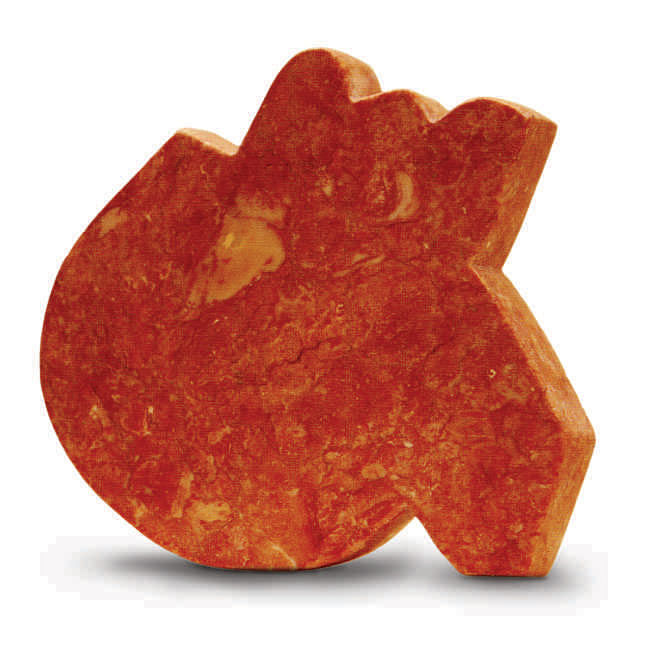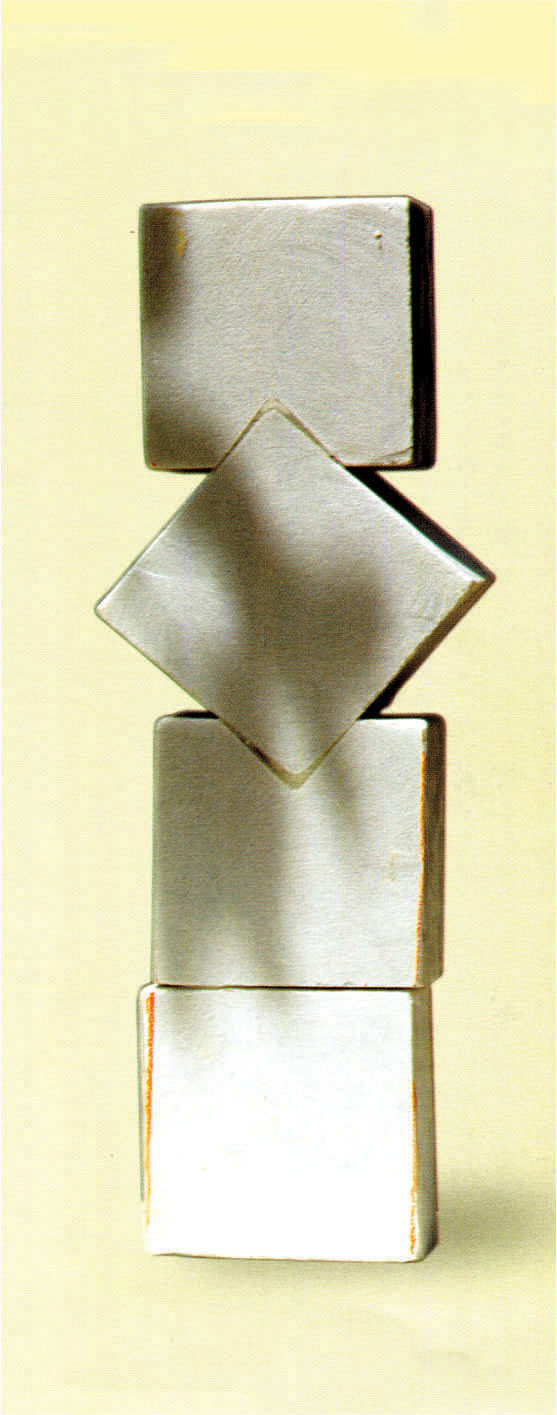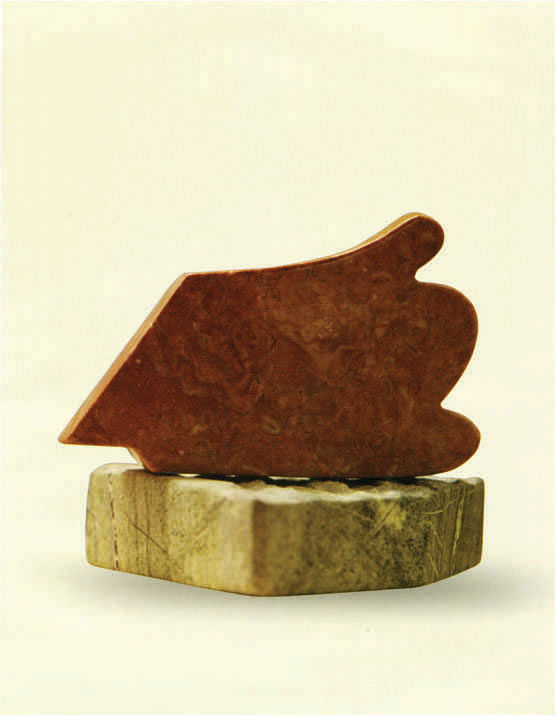The Rhythms of Life
The Rhythms of Life


There is surely some connection between sculptor Novera Ahmed's style and Hamid's curious mind. Hamid's world was coloured by the haors of Kishoreganj, where he grew up. The waters flew and danced and skipped before him. He discovered life in stone when he hacked away at them, remembering the noise of the train on the rail as it arrived near his home. The sculptor is aware of the rich cultural past of his town. During the British Colonial days this is the place where Hemen Mojumdar painted his seductive women. Satyajit Ray was from Kishoreganj, So also did Shilpacharya Zainul Abedin and Nirod Chowdhury.
Although he excels in both, Hamid's sculpture is such that they are surely greater than his painting. As a student, Zainul Abedin had brought some of his watercolours for his friends and advised Hamid to never give up his watercolour. One remembers that Auguste Rodin and Henry Moore used water-colour to bring the paintings of their sculpture to life. Hamid's watercolours similarly add interest to his sculpture.
Having gained maturity, trees and birds can be seen in his abstract geometrical forms. Hamid has tried to create in the universality of geometry. He did not accept the realism of the Greco-Romans or of Elora and Ajanta. He felt that his country had a vast treasure trove of the Pal and Gupta times. About 10 years ago he became a modern artist of his time going in for minimal took his country's folk art and African sculptures.
For Hamid, who has his present exhibition of stone work at Gallery Kaya, the stones exult in Minimalism.

Hamid excels in sculpture, acrylic and drawing. Talking about where he received his guidance, he says, “In my early days at school, my father, who was a homeopath doctor encouraged me." He took his Matriculation exams in 1962. His childhood days were happy, his school being about two and a half kilometres away. He walked merrily on rough roads soaking in the rain and plucking fruit as he went. He enjoyed fishing in the nearby ponds. There was no pressure of work.
He had the fortune to be at New York for a year and three months. This helped him a lot, as many people came to this sculpture centre. In London he studied all he could at the Tate Gallery. In the US he saw the Guggenheim too, as he was in New York. In Europe he saw Picasso's works, which appear like African masks.
Hamiduzzaman's exhibition at the Kaya Gallery begins on October 24 and is scheduled to end on November 7.